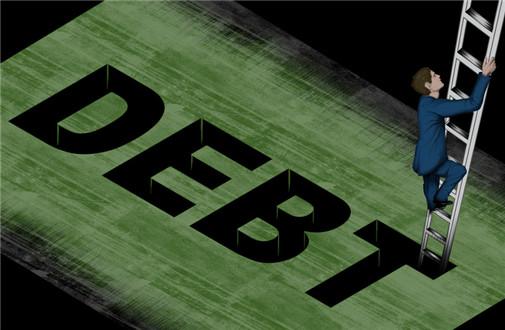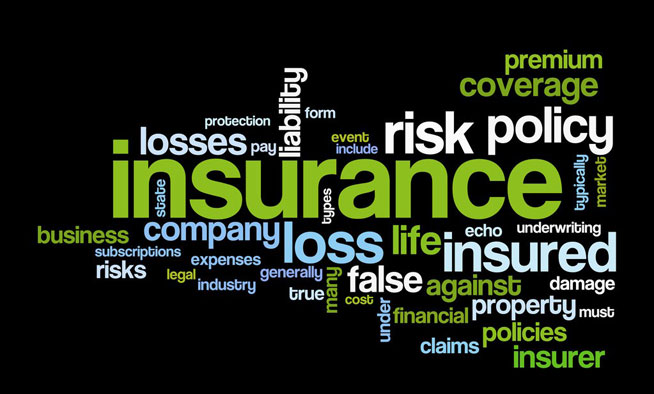What are Freddie Mac and Fannie Mae?

I’ll take a beginner’s view, Freddie Mac and Fannie Mae are both essentially loan mortgage companies, considering that the development of Fannie Mae can explain the situation better, and the later writing takes Fannie Mae as the main explanation point. If you want to say clearly the nature of the two companies should be said from the United States financial development, I simply skipped a lot of things here, write some of the things that I think are important. U.S. financial policy I jumped to the Federal Reserve to start, the Fed’s main responsibility is to stabilize the macroeconomy and finance, so the Fed in general does not intervene too much in the market (the Fed is a relatively independent body, the Fed’s resolution is highly transparent, this point the Chinese central bank is worth to learn, the Chinese central bank decision-making is often not transparent, resulting in information not countermeasures, market volatility.) As the U.S. economy grows, millions of families in the U.S. are unable to own their own homes or are at risk of losing their homes due to the lack of a consistent supply of mortgage funds. The U.S. government established Fannie Mae to increase the liquidity of mortgage funds and reduce the cost of home ownership. Fannie Mae is an integral part of the U.S. housing industry, operating in the U.S. secondary mortgage credit market to ensure that home mortgage banks and other lenders have sufficient funds to lend to home buyers at low interest rates. While Fannie Mae does not directly lend to homebuyers, it supports mortgage funding by purchasing home mortgages from various lending institutions that lend directly to homebuyers. The lenders with which Fannie Mae does business are part of the primary mortgage market. Primary market lenders include mortgage companies, savings and loan institutions, commercial banks, credit unions, and state and local housing finance agencies. These lenders sell mortgage loans in the secondary market. Investors in the secondary market include Fannie Mae, various pension funds, insurance companies, securities dealers, and other financial institutions. Fannie Mae’s mission is to provide a steady stream of mortgage funds to lenders. Fannie Mae provides the market through three primary business units: mortgage portfolios, single family guarantees, and residential and community development. Let’s say you’re buying a home and take out a loan from a bank, the bank packages your loan into mortgage securities, puts those securities into circulation in the secondary market, Fannie Mae buys and sells those securities in the secondary market, the bank sells the securities to recover the money, and then continues the mortgage. Fannie Mae may hold or package these securities and sell them to other institutions or investors. In fact, from this point on, we can see that the development of China’s financial industry is actually still in its infancy, at the real estate level: China’s central bank has too much lending and too many changes in monetary policy (on a yearly basis), while the United States allows the market to determine the amount and speed of circulation of money through financial innovation.














